Instrument Selection Guide
Choosing the right instrument is a big step — and we’re here to help make it easy. Whether your child is starting band or orchestra, this guide covers the basics of each instrument, what to consider before choosing, and how to find the best fit.
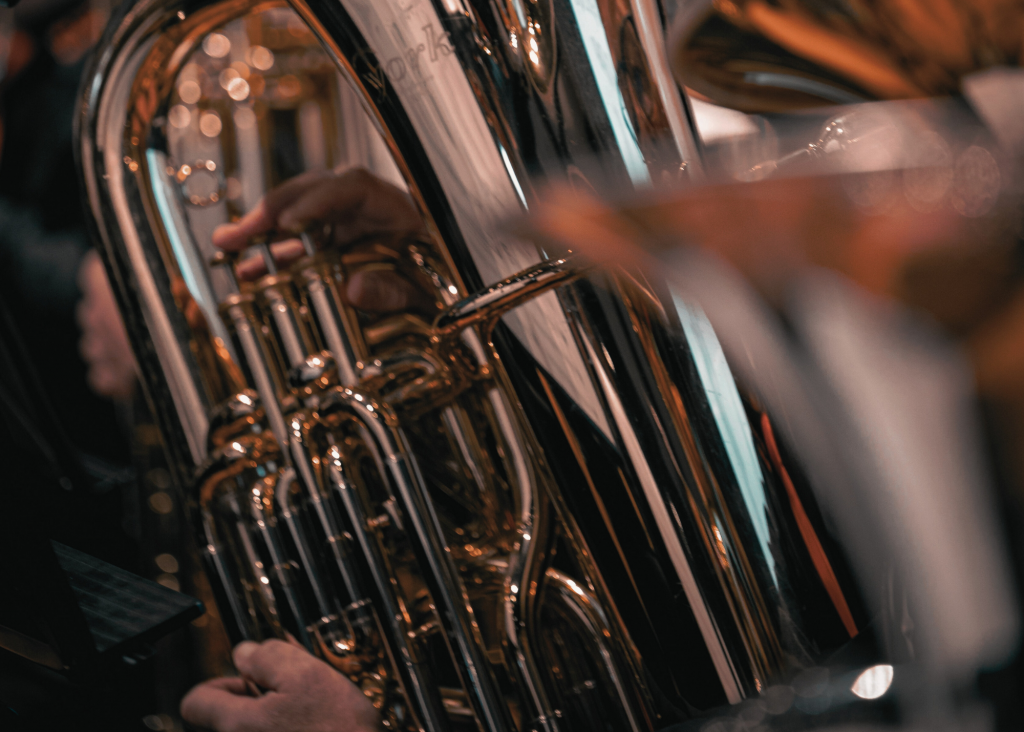
Choose the Right Instrument
Some students walk in knowing exactly what they want to play — others need a little help figuring it out. Here are a few key things to consider:
- What does your band or orchestra director recommend? Some schools have specific instrumentation needs or tryouts for some instruments.
- What sounds do they love? Brass, woodwinds, strings, percussion—they all have different voices and roles.
- What’s a good fit physically? Some instruments require more hand strength, reach, or breath support than others.
- What’s practical for your family? Consider things like size, volume at home, and transportation.
Want to Try it First?
You’re welcome to visit our store and try out any beginner band or orchestra instrument before you make your selection! It’s a great way to find a good fit and spark excitement.
Just be sure to check with your director first—some programs have limits on what instruments are offered or how many students can play certain instruments, and your director may have specific recommendations to help balance the ensemble.
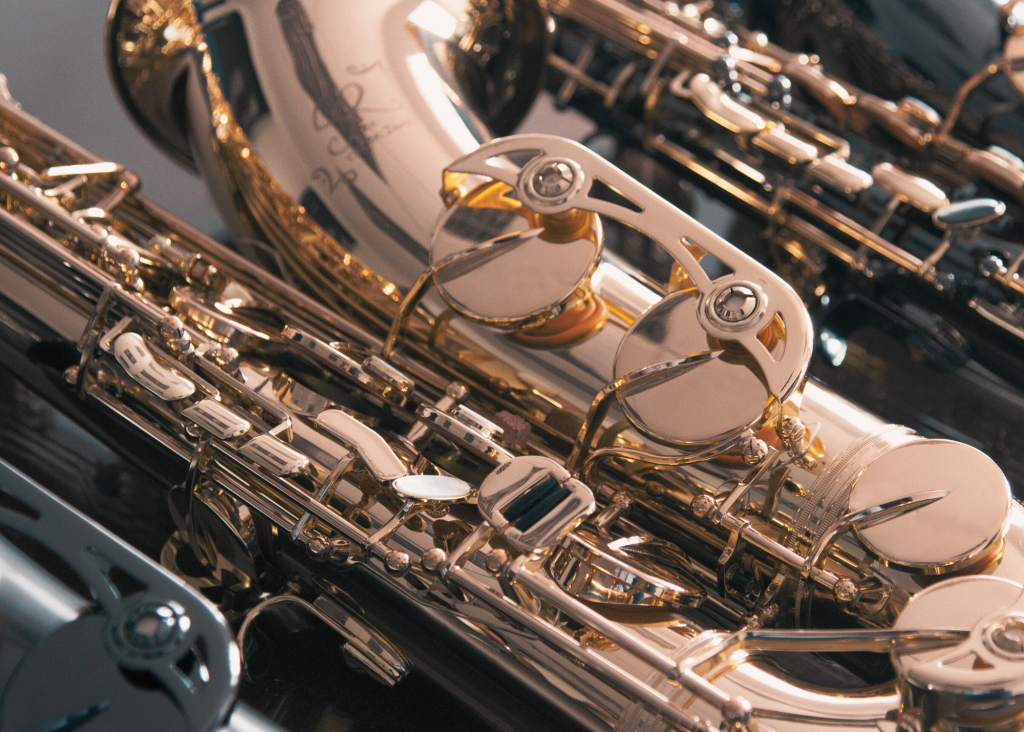

Instrument Sizing
For string players, correct sizing is essential. We offer instruments in multiple sizes and will help your student find the perfect fit. Band instruments are generally one-size-fits-all, but our team is happy to make recommendations based on hand size, strength, and other factors.
- Come in for a free instrument fitting
- Ask your director for recommendations
- Let us help measure for the right size

Flute
The flute is a shiny, silver instrument—the highest pitched instrument in the band. You hold it out to the side and blow across a hole to make sound. It plays high, bright notes with a clear, singing tone. The flute is lightweight and portable, and many students enjoy its crisp, clean sound. You use your fingers to press down keys and create different notes.

Oboe
The oboe is a slender wooden instrument that uses a double reed (two pieces of wood tied together) to make sound. It has a distinctive, penetrating tone that stands out beautifully in the band. The oboe produces a rich, expressive sound that can be both lyrical and dramatic.
Most schools don’t offer oboe to beginning students, so beginners who are interested in the oboe usually start on either flute or clarinet.
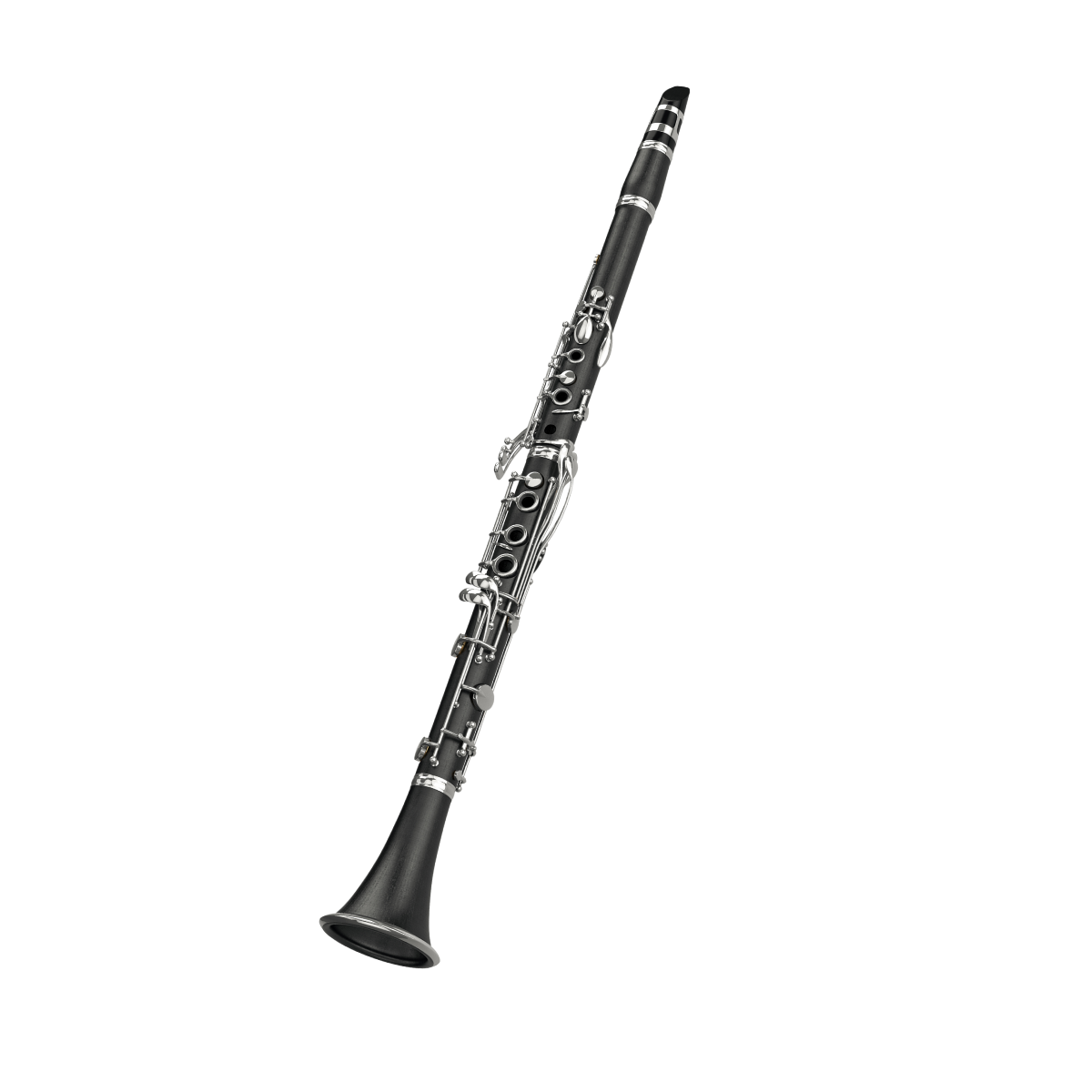
Clarinet
The clarinet is a wooden instrument that uses a single reed (a piece of wood) attached to a mouthpiece. It has an impressive range, playing everything from deep, rich low notes to bright, soaring high notes. The clarinet is one of the most popular instruments for beginning band students. Clarinets often play both melody and harmony parts throughout many different musical styles, including classical and jazz.
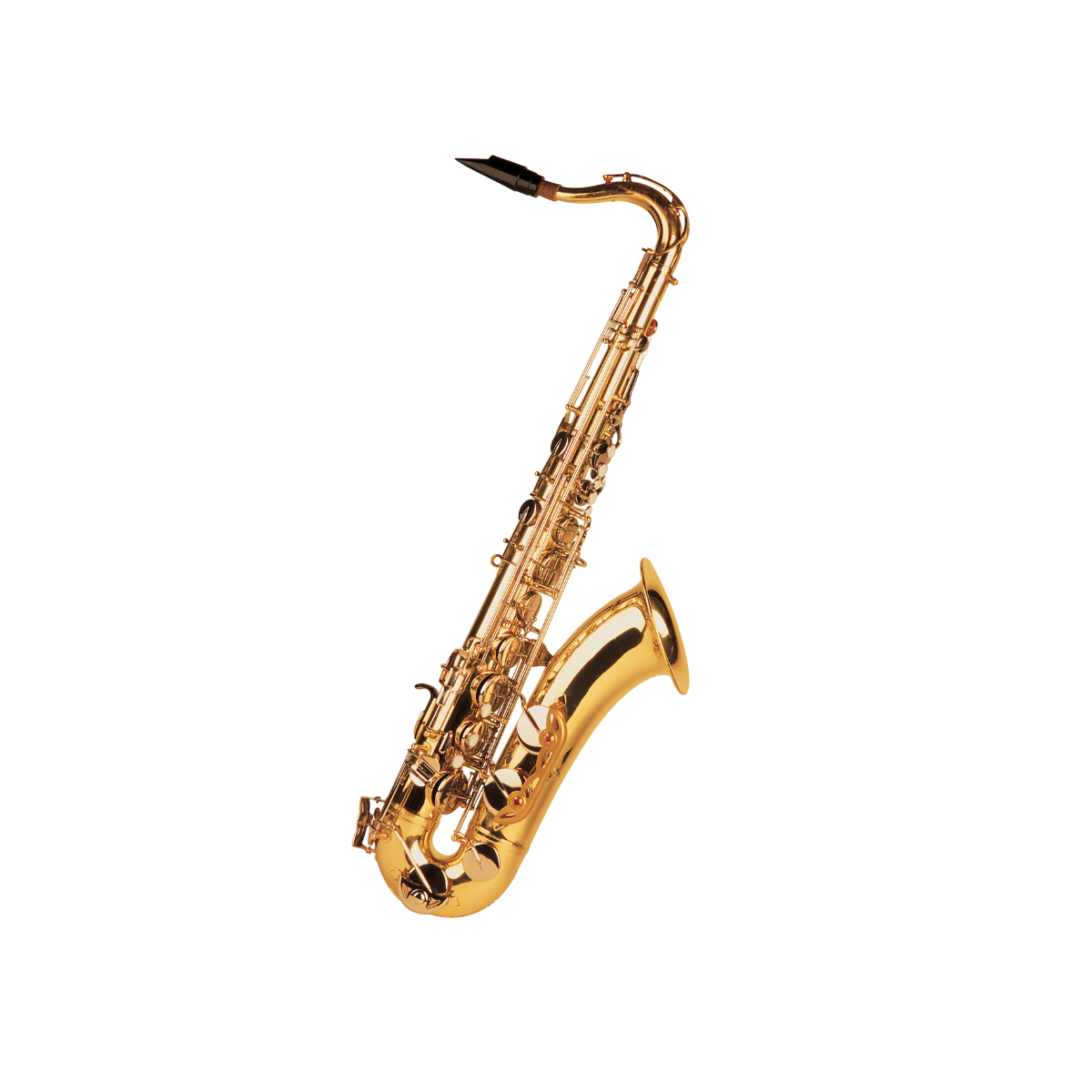
Saxophone
The saxophone is a metallic instrument that’s shaped like a letter J. It uses a single reed mouthpiece like a clarinet. Most beginning students start with the alto saxophone, which is medium-sized and produces a smooth, versatile tone. Some schools also offer tenor saxophone, which is larger and plays lower notes. Saxophones are featured in jazz, rock, classical, and many other musical styles.

Bassoon
The bassoon is a tall wooden instrument and is the lowest woodwind instrument normally seen in a band. It uses a double reed like an oboe and produces deep, resonant notes with a warm, woody tone. The bassoon plays important bass and tenor parts in the band’s woodwind section.
Most schools don’t offer bassoon to beginning students, so beginners who are interested in the bassoon usually start on either clarinet or saxophone.

Trumpet
The trumpet is a bright, shiny brass instrument that produces brilliant, powerful high notes that can be heard throughout the entire band. You create sound by buzzing your lips into a cup-shaped mouthpiece and press three valves to change pitches. Trumpets often play melody lines and exciting fanfares. They are extremely versatile and can be found in concert bands, jazz bands, rock bands, and more.

French Horn
The French horn is a circular, coiled brass instrument with a large, round bell. It produces a warm, mellow tone that blends beautifully with both brass and woodwind instruments. You create sound by buzzing your lips into a small, funnel-shaped mouthpiece and use your hand in the bell to help shape the sound.
Most schools don’t offer French horn to beginning students, so beginners who are interested in the French horn usually start on trumpet.
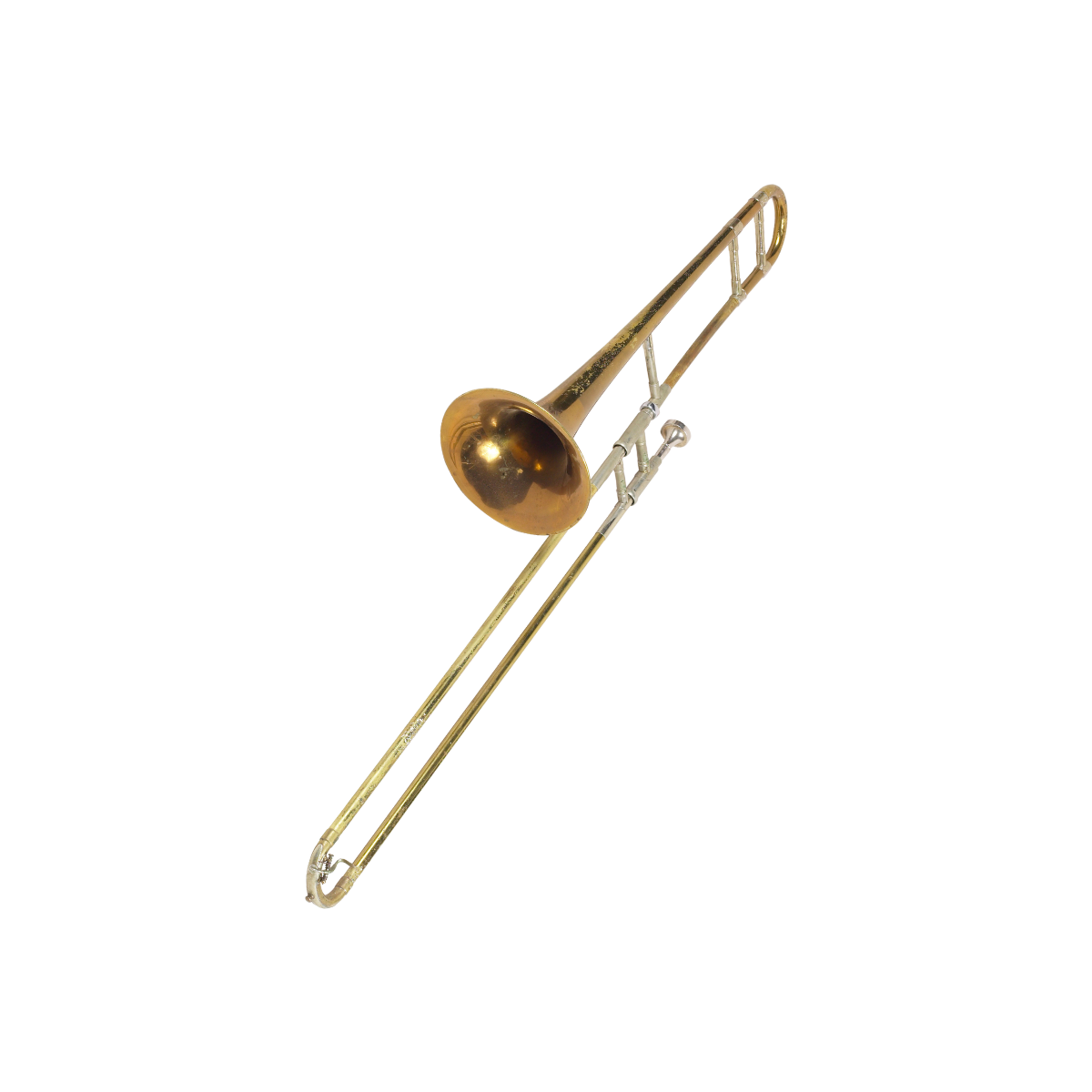
Trombone
The trombone is a long brass instrument with a slide that you move in and out to change pitches instead of pressing valves. It produces deep, rich tones and can create smooth sliding sounds called glissandos. You create sound by buzzing your lips into a mouthpiece like other brass instruments. Trombones play important bass and tenor parts in the band’s brass section and are used in all kinds of different musical settings.

Baritone/Euphonium
The baritone (or euphonium) is a medium-sized brass instrument that resembles a small tuba. It plays in the same range as the trombone, but with a warm, singing tone. You create sound by buzzing your lips and press valves like a trumpet, but the sound is much deeper and more mellow. The baritone plays important harmony and bass parts in the band.
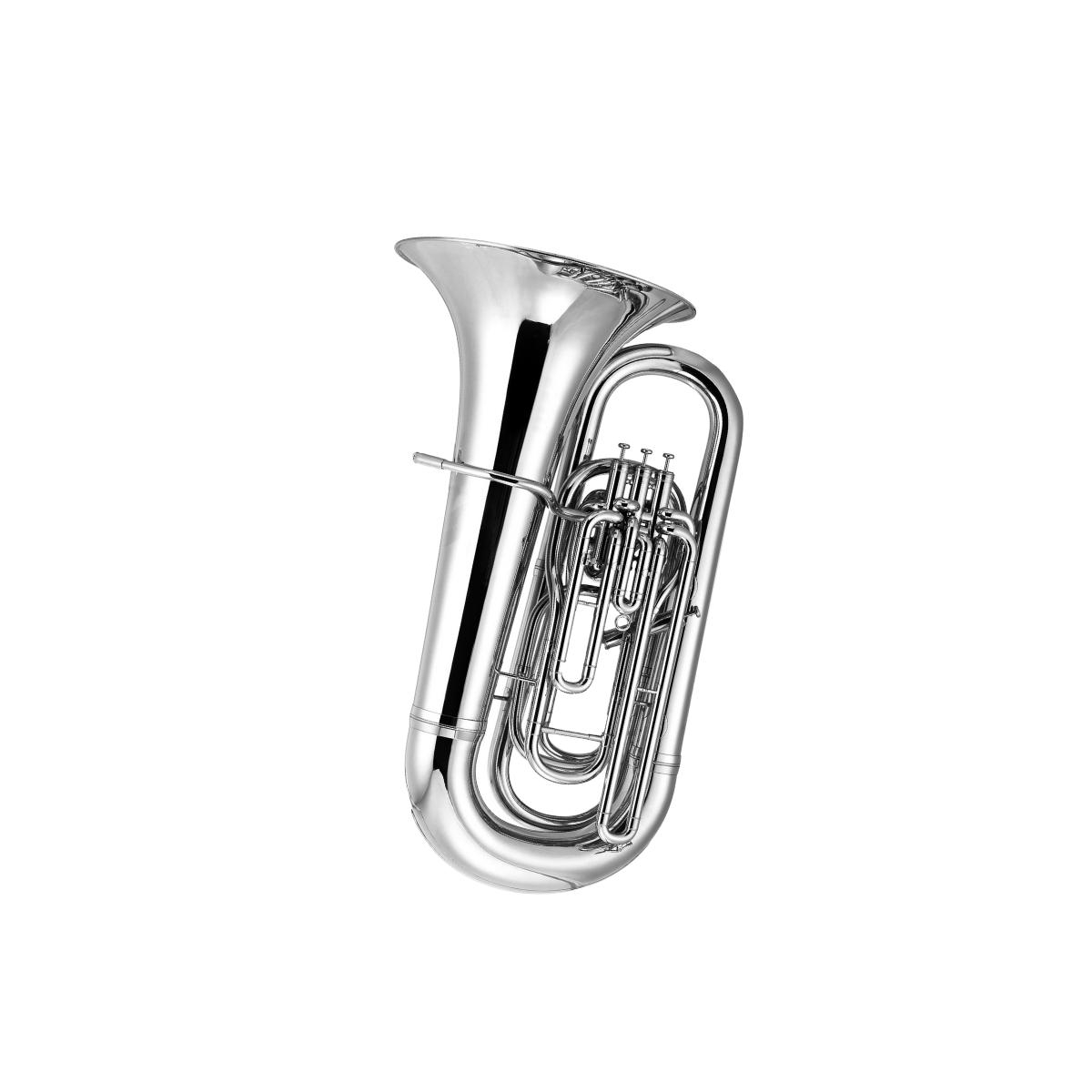
Tuba
The tuba is the largest brass instrument and plays the lowest notes in the band. Players typically hold it in their lap while seated, or it may rest on a stand for support, with the large bell pointing upward. Despite its size, the tuba produces a gentle, deep sound that provides the foundation for the entire band. You create sound by buzzing your lips and press valves, but everything is much larger than other brass instruments.
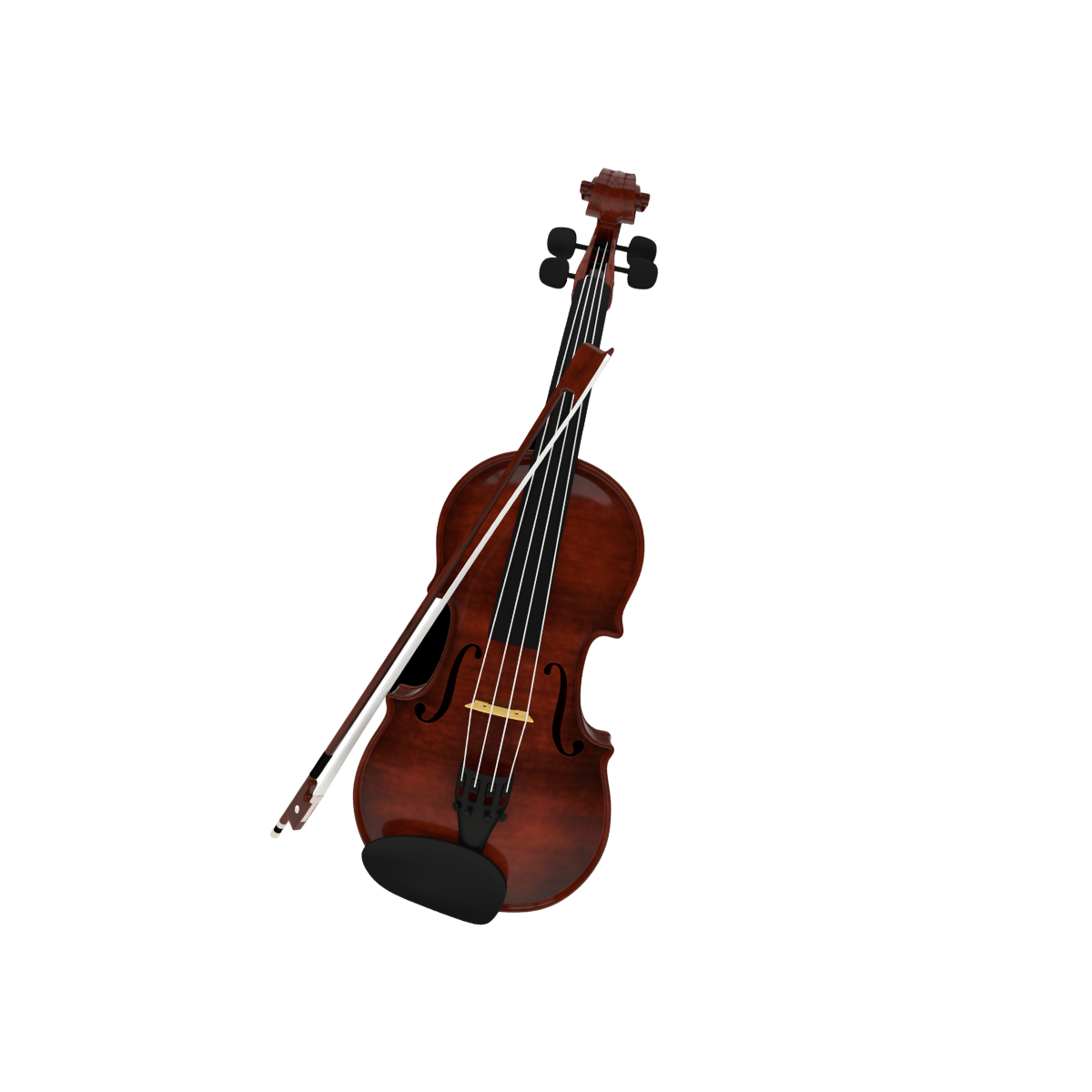
Violin
The violin is a small, wooden string instrument that you hold under your chin and play with a bow made of horsehair. It produces the highest, most brilliant notes in the orchestra and often plays the main melody lines. You press strings down with your fingers on the neck while drawing the bow across the strings. Violins are featured in classical, folk, country, and many other musical styles.

Viola
The viola looks very similar to a violin but is slightly larger and produces lower, warmer notes. You hold it under your chin the same way as a violin and use a bow to create sound. The viola often plays harmony parts that support the melody, and it has a rich, mellow tone that’s deeper and darker than a violin. It’s an excellent choice for students who want to play a string instrument with a distinctive, warm sound.

Cello
The cello is a large string instrument that rests on the floor while you sit to play it, holding it between your knees and using a bow. It’s much larger than a violin and produces much deeper, richer notes with a tone often compared to the human voice. You press strings with your fingers and draw the bow across them just like a violin, but everything is larger and the sound is much lower. Cellos play both melody and bass lines, making them incredibly versatile instruments.

Double Bass
The double bass (also called upright bass or string bass) is the largest string instrument in the orchestra. It stands taller than most people, so you play it while standing or sitting on a high stool. It produces the lowest notes in the orchestra and provides the rhythmic and harmonic foundation like a musical heartbeat. It’s featured in orchestras, jazz ensembles, and many other musical styles.
Most schools don’t offer double bass to beginning students and introduce it to more experienced musicians.
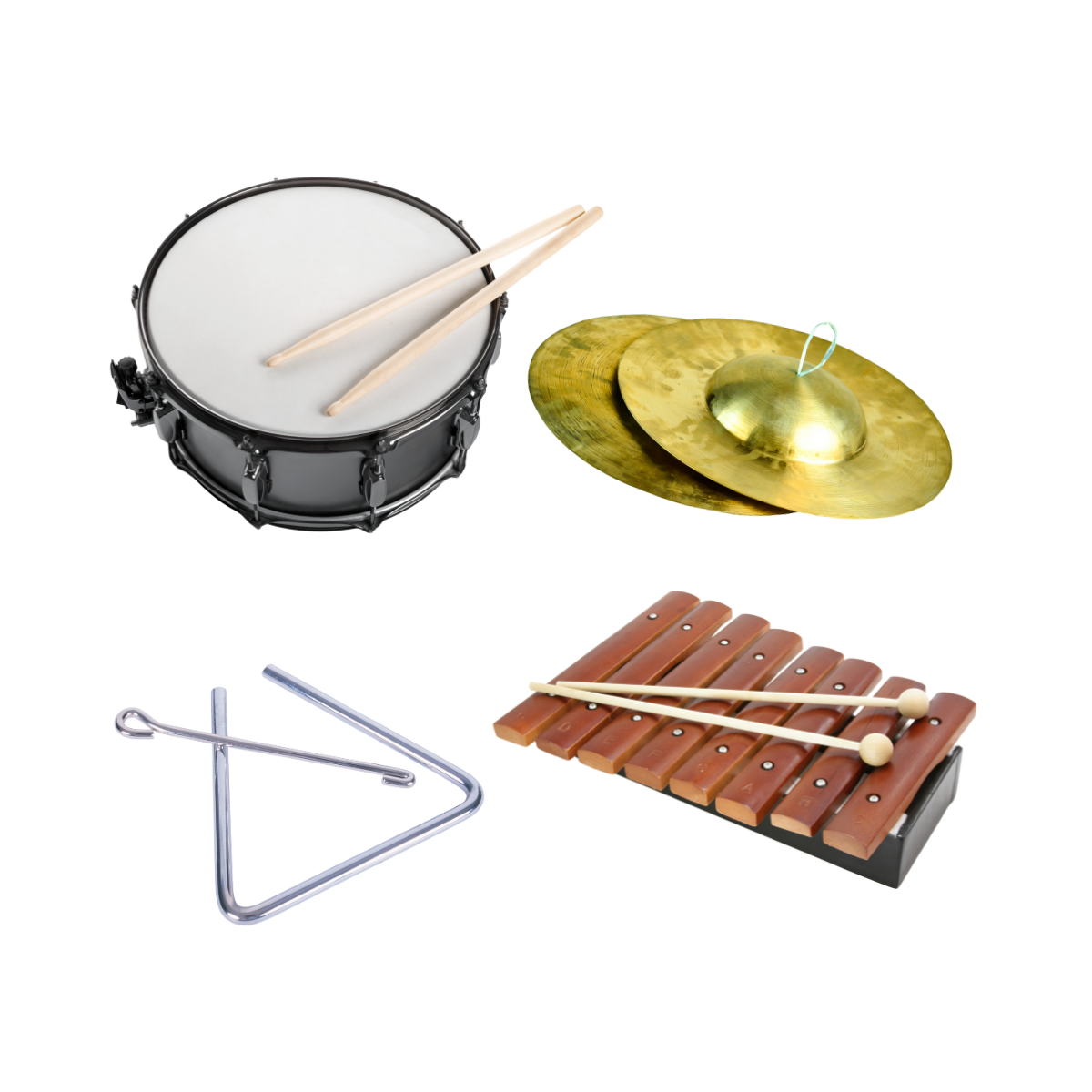
Percussion
Percussion includes all the instruments you strike, shake, or scrape to make sound – like drums, cymbals, triangles, and xylophones. Percussion players learn to play many different instruments — usually starting with the glockenspiel and then moving to snare drum — and are responsible for keeping the rhythm and adding exciting sound effects and colors to the music. You might play a snare drum in one piece, then switch to triangle or timpani in the next.
Still Not Sure?
We’re here to answer questions, guide you through the process, and make sure your child gets an instrument they’ll love. Whether you visit us in Pensacola or Gulf Breeze — or meet us through your school — we’re ready to help.

